Don’t let the Meeting Monster steal your productivity.
It’s 8 a.m. You’re locked and loaded with a fresh cup of coffee—fueled up and ready to go. You open your laptop and see a wall of emails. You imagine a full day spent in Outlook.
But wait, you haven’t even checked your calendar. Dread rises as you move your cursor to that little icon that will define the rest of your day. Click…
There it is: the Meeting Monster. A menacing hulk of back-to-back meetings just ate your productivity.
Now, maybe you’re one of those optimistic creatures that tackles another day of meetings with gusto. If so, please sprinkle some of your magic dust on the rest of us, for whom a booked calendar means a full day of conversation, followed by a late night getting the actual work done. That, my friends, is how eight hours becomes 16. It’s the new math.
But all is not lost…
Here are some tips for vanquishing the Meeting Monster:
- Prioritize. Decide what’s mission-critical and filter out the rest. To borrow a page from president Eisenhower’s time management methodology, The Eisenhower Matrix, relegate the stuff in Quadrants 3 and 4 (Urgent/Not Important; Not Urgent/Not Important). Identify it, then dismiss it.
- Say no. Sometimes, you have to. But don’t abuse the power of “no.” Use it when it’s essential to hit your targets and commitments. And, if you’re a people manager, empower the team to wisely wield that gavel. Coach them on priorities and support them when they say “no.”
- Block time for “actual” work. No matter your craft, vocation, or role, at some point you have to stop talking and start working. How? Use the Meeting Monster’s own tactics: block time on your calendar for work. It will show others you’re not available and give you the structure and space to deliver.
- Find other ways to engage. In the post-Covid business world, working from home is common. Sometimes meetings are our way to keep remote teams connected. But meetings aren’t the only way. Consider other channels. For example, start a “Crazy Encounters” Teams chat board, asking coworkers to share non-work-related stories. It will lighten the mood and you’ll get to know colleagues in a broader way. Besides, team meetings are mainly status updates anyway, right? Speaking of which…
- Dump the status meeting. A round table report-out might not be the best use of everyone’s time. Instead, try a weekly status report that’s, ahem, emailed…or, better yet, posted on a digital chat board. You could even use a project management platform like Monday.com. As members interact with status updates and mark completion in real time, your passive meeting becomes an engaging way to share progress.
- Make the meeting collaborative. If you’re going to get everyone together for a meeting, make it count. Consider polling your team on topics they want to discuss and create sessions based on interest. For example, you might have team members with pressing questions on “best practices for conducting a needs assessment,” or “top 5 approaches for overcoming an objection.” Use your time on a forum that addresses issues and delivers the answers people need.
Meetings are necessary, but not always the most effective tool for communication or collaboration. Attend when they are mission-critical, then give your calendar some white space.
In addition to work time, you’ll get unstructured time, which is critical to creativity and performance. If you constantly draw water from the well without replenishing, it’s going to run dry. Downtime fosters inspiration. Need that next big thing? A 30-minute walk in the park might deliver a gusher of ideation!




